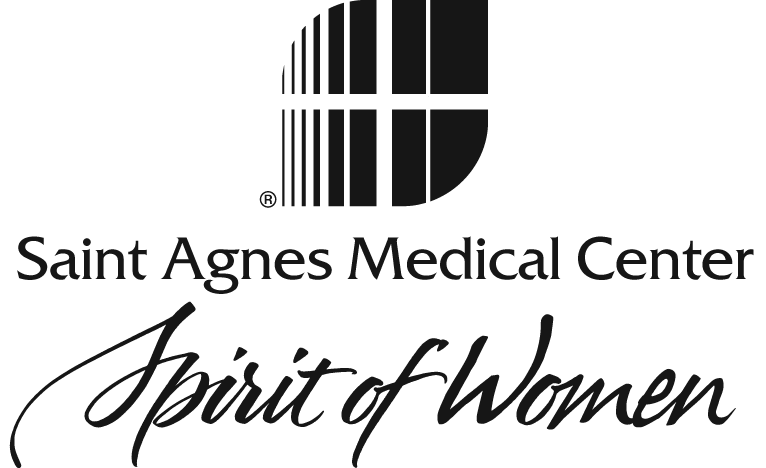Keeping Your Shoulders Healthy as You Age
Your shoulders are marvels of mechanical engineering. No joint in the human body has more range of motion, and few joints are as integral to the activities you perform each day.
So it’s no surprise that a shoulder injury can have a profound impact on your quality of life. While shoulder injuries and conditions tend to become more common with age, you can take steps to strengthen and maintain these important joints.
Joint wear and tear
You use your shoulders to perform many different types of tasks every day, which means these joints are subjected to a lot of wear and tear. As you age, you are more likely to develop inflammation in the tendons and bursa sacs that line the joints.
Overuse injuries in women over 40 are very common. Often, you’ll sustain many smaller injuries when you’re younger, and you won’t notice it beyond some soreness. But as you get older, your body doesn’t recover as readily from injuries, and using a joint that’s already injured can lead to bigger injuries.
Those who suffer from tendinitis and bursitis typically respond well to a recovery regimen of rest and anti-inflammatory medication. But there are more serious conditions that also become more common with age.
Everyday injuries
The rotator cuff is one area that’s susceptible to trauma. This is a group of small muscles deep in the shoulder that plays an integral role in stabilizing the shoulder joint while it’s in motion. Rotator cuff tears are mostly associated with baseball and fast-pitch softball pitchers, but they can happen to almost anyone.
It’s great to participate in sports and fitness activities, but when choosing your activity, remember that repeated overhead arm motion can cause rotator cuff problems. That includes sports that require lots of overhead throwing, overhead lifting and swimming. The backstroke in particular is very hard on your rotator cuff.
The most serious shoulder injury commonly seen in women over 40 is a condition called frozen shoulder. Often occurring spontaneously, frozen shoulder causes the shoulder to gradually stiffen over the course of days or weeks, to the point where range of motion is severely limited. The good news is, it’s normally not a chronic condition and rarely requires surgery to correct.
Physical therapy usually helps, and within six to 18 months the problem usually resolves itself.
Prevention and treatment
Building shoulder strength and flexibility can help reduce the likelihood of shoulder injuries and decrease your recovery time if you do sustain an injury. Because so many muscles exert force on the shoulder, and the range of motion is so extensive, it’s important to incorporate strengthening and stretching into your shoulder exercise routine.
Doctors will often prescribe one physical therapy session even if the patient’s injury isn’t that severe. This way, they can learn some effective shoulder exercises that they can do at home, and how to do them properly.
Always seek a doctor’s opinion if you suffer from a shoulder injury that doesn’t go away on its own after several weeks, especially if you have trouble sleeping on the shoulder.
If the pain is making you lose sleep, there’s no reason to go on with that level of discomfort when there are so many treatment options available, including medications, physical and occupational therapy, wearing a sling, and surgery.
Shoulder exercise basics
When you’re doing shoulder exercises, try working with elastic bands or hand weights of 5 pounds or less to provide resistance. Using weight machines at home or at the gym is also effective for some exercises.
With the light weights or the bands, try upward pulls, where you raise your entire arm in front of you. Lateral arm raises, where you lift your arm upward to the side, will also help to strengthen your deltoid muscles, which are the large muscles on top of your shoulder.
The upper back is another integral muscle group for shoulder joint support. Reverse fly exercises—the opposite of chest flies—can help strengthen your trapezius and other upper back muscles. Rowing machines also engage your upper back muscles.
If you’re just starting out with a workout routine, it doesn’t take a lot to develop some basic strength and conditioning in your shoulder region. Even a set of 10 reps, three times a week, can work as a training regimen.
